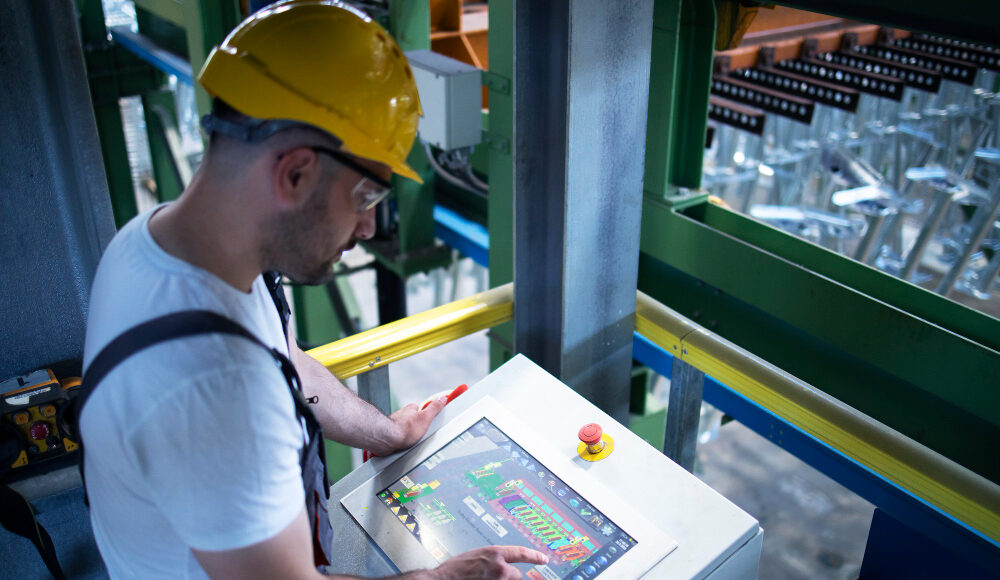Legacy systems have long served as the foundation for many enterprise operations, but as markets evolve and digital technologies reshape customer expectations, businesses face a critical choice modernize or rebuild. The decision impacts not only cost and timelines but also long-term agility and innovation.
Product engineering services play a vital role in guiding this transition. Whether the path forward involves re-platforming, refactoring, or complete rebuilding, enterprises must evaluate the technical debt, user demands, and future scalability of their existing applications. Leading enterprises are increasingly turning to software product engineering services to help navigate this transformation with precision and speed.
Evaluating Legacy Systems: The Tipping Point
Every enterprise reaches a point where legacy systems become a bottleneck to growth. These systems may be running on outdated technologies, lack integration capabilities, or be costly to maintain. The question is not whether to act but what the best course of action is.
Digital Modernization typically involves updating the current application architecture, user interface, and backend systems while retaining core functionalities. On the other hand, rebuilding is a complete reengineering of the application from scratch, often involving new technologies, frameworks, and user experiences.
A recent report from TechTarget reveals that 74% of CIOs consider legacy systems a major hurdle in digital transformation efforts. This growing concern highlights the urgency of making the right decision between modernizing or rebuilding legacy applications.
When Digital Modernization Makes More Sense
Modernization is often the preferred route when the legacy application still holds business value, has a stable user base, and the core business logic is still relevant. In such scenarios, re-platforming to a more modern infrastructure like cloud-native or containerized environments can significantly improve performance and scalability without a full rewrite.
Using microservices architecture, enterprises can decompose monolithic applications into smaller, manageable services that can be developed and deployed independently. This not only accelerates innovation but also reduces risk by enabling phased modernization.
According to Gartner, by 2025, 85% of enterprises will be using cloud-native architecture to support their business applications demonstrating a strong industry shift toward modernization over rebuilding.
When Rebuilding is the Right Approach
Rebuilding becomes the better choice when the legacy system is deeply outdated, lacks documentation, or no longer aligns with the business model. This approach allows enterprises to start afresh, eliminating technical debt and embracing modern design principles and scalable infrastructure from the ground up.
A rebuild opens doors to integrate next-gen features, such as AI-powered analytics, enhanced security protocols, and personalized user experiences. However, it is also more time-consuming and resource-intensive, requiring a clear product roadmap and a strong understanding of both current and future business needs.
Software product engineering services are instrumental here they provide the technical expertise, agile delivery models, and design-thinking principles required to execute a successful rebuild that aligns with business goals.
The Role of Cloud-Native and Microservices in Re-Platforming
Re-platforming is a modernization strategy that migrates legacy applications to a new runtime platform—often cloud-based without major changes to their architecture or core functionalities. This method retains the value of existing investments while improving performance, scalability, and integration capabilities.
Cloud-native platforms and microservices architectures are essential enablers of this strategy. They allow applications to be more resilient, flexible, and scalable. As more enterprises shift to hybrid or multi-cloud environments, re-platforming serves as a practical and cost-effective bridge between legacy systems and full digital transformation.
IDC predicts that by 2026, over 75% of large enterprises will use microservices-based platforms to deliver digital products and services, underlining their importance in future-ready architecture.
Indium’s Strategic Approach to Legacy Modernization
Indium Software brings a holistic approach to legacy modernization for large enterprises. By combining deep domain knowledge, cloud-native expertise, and agile product engineering practices, Indium helps enterprises assess, prioritize, and execute modernization strategies tailored to their unique needs.
Their methodology includes a structured evaluation framework to determine whether modernization, re-platforming, or rebuilding provides the best ROI. Leveraging their experience in software product engineering services, Indium ensures that the transition is smooth, secure, and scalable without disrupting business continuity.
From cloud migration and API integration to containerization and microservices implementation, Indium’s product engineering services enable clients to unlock agility while maintaining system reliability and compliance standards.
Cost, Risk, and Time: Key Decision-Making Factors
Both modernization and rebuilding involve trade-offs. Modernization is often quicker and less costly but may come with limitations based on the legacy system’s architecture. Rebuilding provides a clean slate but requires greater investment in time and resources.
The right path depends on the maturity of existing systems, the urgency of transformation, and the long-term business strategy. What matters most is having a partner that understands both legacy systems and modern architecture—making product engineering central to the decision-making process.
Conclusion: Building a Future-Ready Enterprise
Modernizing or rebuilding legacy applications is not a one-size-fits-all decision. It requires a clear understanding of current pain points, future goals, and technical capabilities. As cloud, microservices, and automation continue to shape the digital landscape, enterprises must evaluate the path that ensures agility, efficiency, and innovation.
With the support of experienced engineering partners like Indium, enterprises can confidently move forward whether that means modernizing critical applications or starting anew. Either way, the outcome should be a more connected, scalable, and intelligent enterprise equipped for the demands of tomorrow.








